How to connect a kitchen hood to ventilation: a work guide
The perfect connection of the hood in the kitchen to the ventilation will ensure a complete removal of the volatile substances that form during cooking. Not all of them are pleasant and useful, many are toxic and negatively affect the sense of smell. Believe me, nothing is better than an exhaust device with their removal and no one will cope.
Those who wish to independently install and connect the hood, we suggest that you familiarize yourself with a very useful article. The information presented in it will help you to ideally select the necessary type of device and perfectly carry out installation work. Our information will be useful not only to independent craftsmen, but also to those who want to control hired workers.
The author of the article describes in detail the varieties of cooker hoods, mounting options for various designs. The process of connecting the exhaust device to ventilation is thoroughly disassembled. As an excellent informative addition to the text, photo selections and video instructions were used.
The content of the article:
Varieties of exhaust devices
To improve the microclimate and rid the room of odors, soot and burning, a kitchen hood is used. Depending on the internal device, it can remove exhaust air, purify it, or alternately work in each of these two modes.
In the first case, the equipment evacuates the air masses from the room to the atmosphere. To accomplish this, a special pipe is used - an air duct.
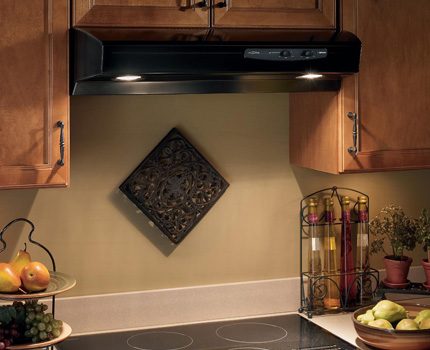
Models of the second type are recirculation ones. For their full functioning, inclusion in the ventilation system is not required.
They need power to draw in exhaust air that builds up, for example, over a frying pan that fries potatoes.Particles of fat, soot and the smell of cooking food get inside the device.
The fat filter is the first to take the blow, then the coal line comes. It is he who absorbs all impurities and gives out purified air back to the room, releasing it through the small openings available in the housing.
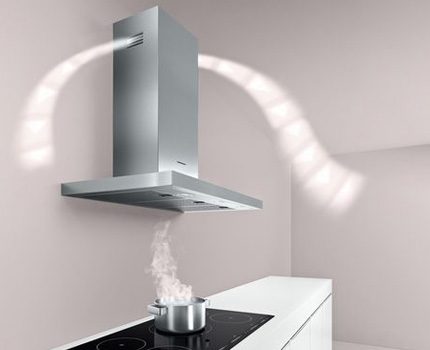
The third type is combined models. They can work both in the mode of removal, and cleaning. In the first case, to ensure the operation of the kitchen hood, it will need to be connected to the ventilation. And in the second - the installation of a cleaning filter.
Choose the right option to be used. Moreover, depending on the model of the device, its settings may differ.
For example, for hoods with a cleaning mode from LEX, the manufacturer recommends installing carbon filters first. Then take the plugs that come with the exhaust equipment and close the side and top holes, which are designed to be connected to the ventilation system.
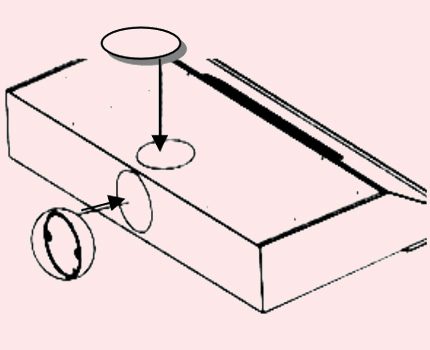
In addition to the principle of operation, the hoods differ in the installation option - they are built-in and open.
And yet they all differ in form, on which the possible location of the exhaust equipment depends.
Kitchen appliances are notable for their price, which depends on the brand awareness, the sophistication of the design idea, the materials used in the production and the functionality of the exhaust equipment.
The consumer can easily choose a hood in the right price category - even in the low-cost segment there are a lot of decent models. True, the more complex the device can perform processes, the more expensive the final cost will be.
Subtleties of connecting the hood
The correct option for arranging all communications is the stage of building a house or overhauling an apartment. True, in the second case, you will have to put up with the finished project, making possible adjustments.

To connect the hood to the ventilation also use 2 options:
- connection to an existing wenshacht hole;
- conducting a pipeline for the movement of air through the wall on which the installation of equipment is planned.
In the first case, you have to spend money on buying air ducts, sometimes it is not just one meter of material. And in the second you will need to make a through hole in the kitchen wall, which will go out onto the street.
For private houses / cottages, the arrangement of vencanals with their withdrawal to the roof is characteristic. It is important in this case to properly organize the system of receipt and evacuation of air masses.
Work Guide
Those who decide to connect the hood themselves will first have to study the recommendations set out in the instructions for the model and clearly implement them. Then carefully inspect the equipment and purchase, if necessary, the missing parts. You may need an air duct, clamps, adapters, sealant, or metal tape.
Step # 1: Preparing the room and place
It is necessary to prepare the room for future work, select tools, acquire the necessary materials. It’s good when the ventilation hole is already there. Otherwise, start with doing it.
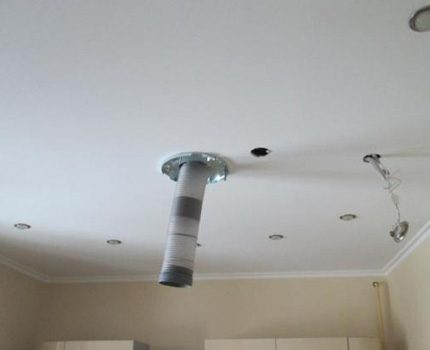
If the house or apartment has a living condition and a full-scale repair is not planned, then you can make the missing holes by drilling it in the ceiling / wall. It depends on the specific situation and the wishes of the owner.
The preparation of the premises will consist of several stages.
When the hole is formed, it is time to install the exhaust technology over the stove. The method will depend on the model and location of the latter. It is important to securely fix it with the fasteners included in the kit.
Sometimes in the case there are not enough holes for fixing the product. Then you can do them yourself in the right places and screw the screws.
Step # 2: Ventilation Connection Process
When the hood is installed in accordance with the manufacturer's recommendations, the turn has come to connect it. It should be understood that for the operation of the device you need a channel for exhaust air masses and stable power supply.
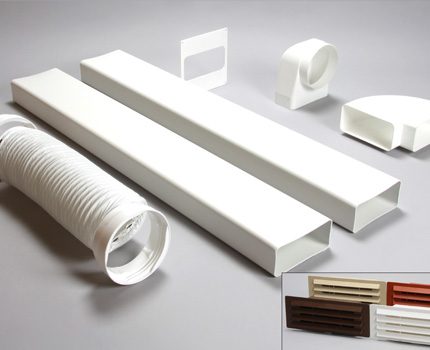
The first step is to connect the device with ventilation. This can be done using the following pipe types:
- metal corrugation - aluminum, less often steel;
- corrugated plastic - extremely rarely used;
- stainless steel round section;
- plastic with a rectangular or circular cross section is also a fairly popular and convenient option.
When choosing a corrugation, you will need a collar, metal tape, possibly a grill for arranging the entrance to the common house channel. The connection is phased.
High-quality performance of all connections will ensure excellent operation of the device. But the work did not end there - the hood cannot be used yet. It remains to start her engine, applying power to electricity, and put on a decorative casing.
To do this, it is necessary to observe a certain sequence in the performance of work. First you need to make sure that the line to which the connection will be disconnected.
Having completed the connection, it remains to check the build quality. For this, the equipment is immediately switched on and all work speeds are selected in turn.
Turn on the backlight and measure the noise level produced by the device. It is checked against the indicators specified in the instructions.
Step # 3: Completing the installation
Not always connecting to ventilation and to the mains is the final stage. Sometimes the entrance to the mine is extremely uncomfortable or very far away and you have to turn on your imagination in order to somehow disguise it.
It is important to plan which option to mask the duct to use in your kitchen. After all, the implementation of some ideas will require additional costs.
The easiest and cheapest option when the hole is near - the hood of the exhaust device will hide the insertion point into the ventilation system. It’s not bad, when it’s very close to the mine entrance - you have to buy a minimum of material - for example, a plastic pipe that is in harmony with the color of the rest of the kitchen furniture.
Standards of Use and Care
Terms of use and timely service are the key to the longevity of kitchen appliances. It is not surprising that devices with a guaranteed service life of 1-3 years, subject to certain rules, will quietly work for 8-10 years without requiring expensive repairs.
Safe use of the device
In order for the hood in the kitchen to function without problems, you should initially properly install it and connect it to the communications - power and ventilation. There should not be any distortions.
When the test is turned on, the device will work quietly, emitting an acceptable noise level. Creaking, cracking and other extraneous sounds are witnesses of errors made during installation.
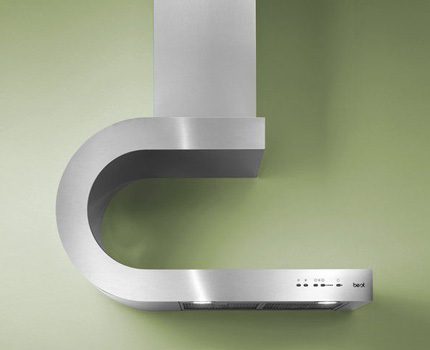
It is strictly forbidden to use a household exhaust device in production - only for its intended purpose. Otherwise, the owner loses the warranty.
In addition, the following actions are prohibited:
- close or clog openings on the product body;
- restrict or completely block the free flow of air during operation of the device;
- connect the duct to the channel to remove smoke and other hot emissions;
- carry out repairs or maintenance manipulations without disconnecting the hood from the mains.
Such prohibitions are associated with the safety of users and the technology itself - violation of the rules will entail the failure of the fan, without which the device will not be able to function.
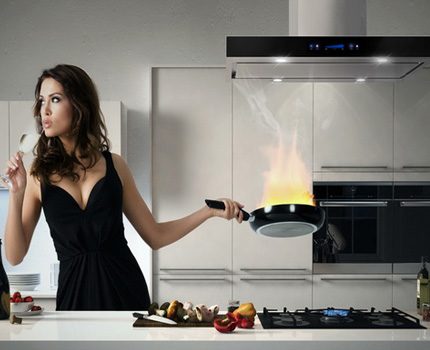
DIY maintenance
Service work depends on the frequency of use of the hood, the nature of the dishes being built and the mode chosen for its operation. It is important to remember that maintenance is carried out when the device is completely disconnected from the mains.
Care of the product consists in washing the grease filters monthly - you need to remove them and remove traces of soot and dust with soapy water and a soft sponge. Leave to dry at room temperature.
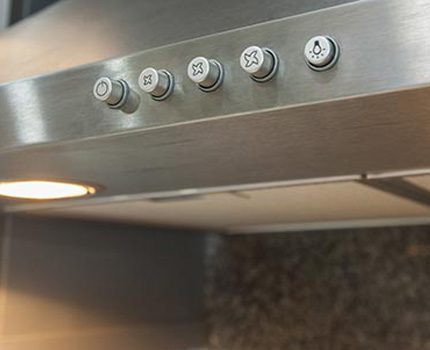
In the presence and use of the recirculation mode, carbon filters will have to be changed. This is done on average every 4-6 months. The frequency depends entirely on the model of the device and the recommendations of its manufacturer.
If the installed equipment is only capable of evacuating the exhaust air from the room, then there will be no need for additional expenses for the purchase of filtering devices.
In addition, the device needs to regularly remove contaminants from the surface of the case - with a soft rag soaked in soapy water, it is necessary to wipe the stains formed during operation.
The same procedure should be repeated on all parts of the device located inside the device and which can be reached. Particular attention should be paid to cleaning the fan blades - an excessive amount of waste accumulated on them leads to a decrease in the exhaust power.
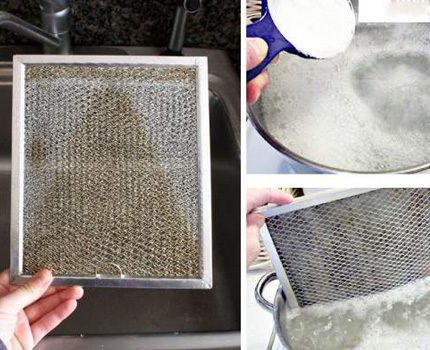
When the bulbs burn out, they will have to be replaced with new ones, choosing the same power and size. If some mechanism breaks down, then it is better to seek help from a service center without trying to fix the problem on your own.
Conclusions and useful video on the topic
About the installation of exhaust equipment and its connection to the ventilation system in the video:
One way to combine the hood in the kitchen with the ventilation shaft in an apartment building as efficiently as possible in the video:
The conclusion of the duct of kitchen equipment to the street in a private house in the video:
Having familiarized yourself with the rules of the work when connecting the exhaust equipment to the ventilation system, you can try to do everything on your own.
An exception is the recommendations of the manufacturer of the hood advising the installation and supply of communications, with the involvement of authorized specialists. In this case, in order not to lose the warranty on expensive equipment, you will have to pay for the installation and connection of the device.

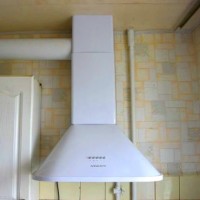 How to install the hood if the gas pipe interferes: briefing on the work
How to install the hood if the gas pipe interferes: briefing on the work 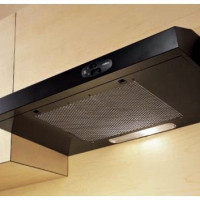 Installing the built-in hood: location options and installation instructions
Installing the built-in hood: location options and installation instructions 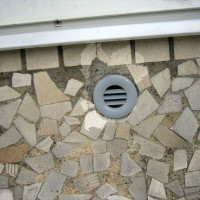 How to install a supply valve into the wall with your own hands: step-by-step instructions for the work
How to install a supply valve into the wall with your own hands: step-by-step instructions for the work  DIY hood installation in the kitchen: detailed step-by-step installation instructions
DIY hood installation in the kitchen: detailed step-by-step installation instructions 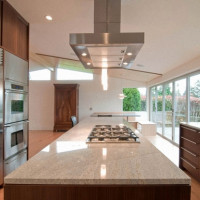 How ventilation is built in the kitchen: rules and diagrams of the hood
How ventilation is built in the kitchen: rules and diagrams of the hood 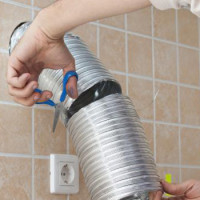 Corrugation for hoods: how to choose and install a corrugated pipe for ventilation
Corrugation for hoods: how to choose and install a corrugated pipe for ventilation  How much does it cost to connect gas to a private house: the price of organizing gas supply
How much does it cost to connect gas to a private house: the price of organizing gas supply  The best washing machines with dryer: model rating and customer tips
The best washing machines with dryer: model rating and customer tips  What is the color temperature of light and the nuances of choosing the temperature of the lamps to suit your needs
What is the color temperature of light and the nuances of choosing the temperature of the lamps to suit your needs  Replacement of a geyser in an apartment: replacement paperwork + basic norms and requirements
Replacement of a geyser in an apartment: replacement paperwork + basic norms and requirements
At first I had a hood with filters, which worked from the mains. Filters absorb particles of grease, soot and odors. But the drawback of this hood was that the filters get clogged pretty quickly, and as a result the system’s operation becomes inefficient. We decided to install the hood with a connection to the air duct on our own. Very useful preliminary study of the material.
And how did people live without hoods before ?! My grandmother still has no hood, says that there are enough windows. We set ourselves a combined type of hood, and we did not even try it ourselves, we immediately turned to the master! But you know, it’s so boring when you cook borscht, and the aroma doesn’t disperse around the house or you fry pancakes with various delicious toppings, and it smells NOTHING in the kitchen. I often do not turn on the hood when cooking.
My grandmother also said that she was without a hood and so good, they say, why spend the extra money? For a long time I tried to convince her, and I was going to buy and install it for my money, but she still resisted.
In the end, I decided not to ask, but simply installed a hood for her while she went to her sister in another city. And it turns out that the hood is much better, since there are no smells in the apartment after cooking. Hoods were also in demand in the USSR, in the 80s so precisely, in the early 90s they were still made with the corresponding logo. For some of the friends my grandmother still has, the hood of the 92nd year is working properly. I myself was surprised, but such a miracle of technology, even new ones are sold on bulletin boards.